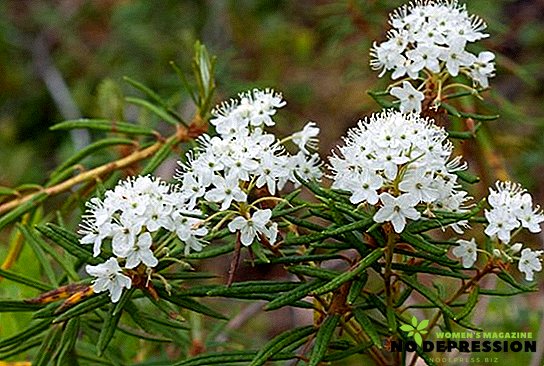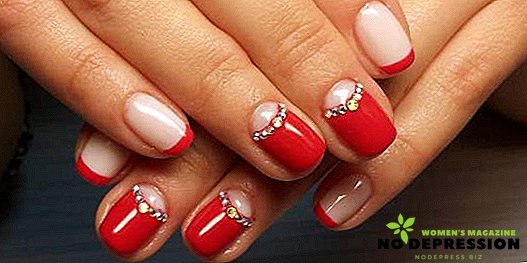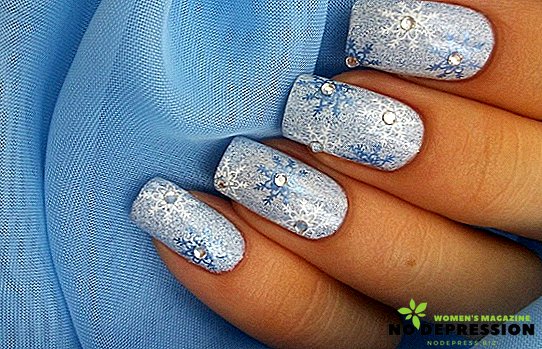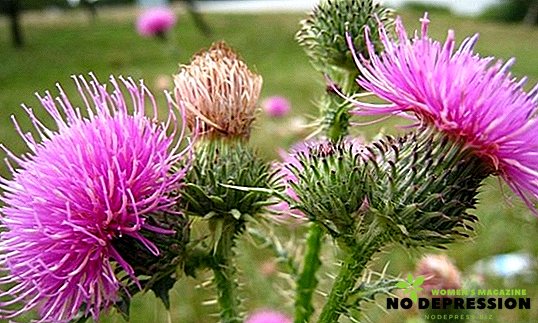The intimate zone is the thinnest part of the body, which is why it is so easily irritated after the shaving procedure (redness, pimples, itching and discomfort).
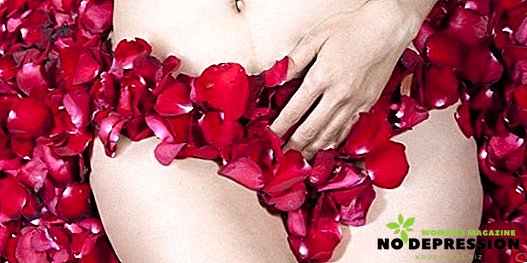
Causes of irritation in the intimate area after shaving
Shaving vegetation, we thereby damage the upper layer of the epidermis. To recover, the body increases the local blood flow, resulting in an inflammatory reaction (acne, pustules, itching, redness).
This is the main reason why irritation appeared in the intimate after-shave zone. Hair ingrowth worsens this situation. It is difficult for hair to grow through a dense leather cover, and they continue their growth in a horizontal position, hence ugly “bumps” appear.
Factors that enhance the irritable reaction:
- high sensitivity of the epidermis;
- frequent shaving procedures (more than 3 times a week);
- infrequent replacement and dirtying of razor blades;
- "dry" shaving;
- lack of care after the procedure;
- Synthetic underwear and underwear.
Warn and neutralize
If redness occurs, you must strictly monitor personal hygiene, otherwise the infection will get through minor injuries and cause suppuration.
Prevention of irritation:
- Personal hygiene. The most basic principle of a healthy and beautiful epidermis in the intimate area is to take care of clean skin;
- Proper underwear. Always clean and daily change! As a rule, the transition from synthetic material to natural already solves the problem of irritation (allergic to a certain type of tissue). In addition to the composition of the material, physical friction can also affect the process of irritation;
- The right razor. An irritant reaction most often appears from the strong effect of razor blades on the skin. It is strictly forbidden to use an old, dull, rust-shaved razor. Change the blade after each shaving procedure (preferably). Buy high-quality razors with a convenient handle to
 Avoid the danger of cutting yourself. It is advisable to have a machine with a floating head with 3 blades and moisturizing strips of gel or cream. After use, be sure to thoroughly wash the razor and treat with antiseptic. Have a separate machine for the bikini zones and a separate machine for the remaining parts (legs, armpits). No matter how paradoxical it may sound, it is necessary to shave in the direction of hair growth, and not vice versa, as we are all used to;
Avoid the danger of cutting yourself. It is advisable to have a machine with a floating head with 3 blades and moisturizing strips of gel or cream. After use, be sure to thoroughly wash the razor and treat with antiseptic. Have a separate machine for the bikini zones and a separate machine for the remaining parts (legs, armpits). No matter how paradoxical it may sound, it is necessary to shave in the direction of hair growth, and not vice versa, as we are all used to; - Training. First you need to soften and steam the skin. The easiest way is to shave after taking a bath or shower;
- In the process. Use special gels to moisturize the skin and do not use a washcloth after the procedure;
- Alternative options. An electric shaver does not cause as much irritation as its older colleague. And you can also switch to depilatory creams, epilators (true, the use of electric epilators causes pain), waxing, shugaring.
If redness does appear ...
How to remove irritation after shaving intimate zone:
- Hormonal ointment is the simplest treatment for irritation (hydrocortisone ointment, Sinaflan). Relieves itching and redness in seconds due to the action of the glucocorticoid substance. Attention! Use only in the most neglected cases. The use of hormonal drugs prescribed by a doctor is recommended. There may be serious complications in the form of hormonal disruption, hypertrichosis, skin edema, etc .;
- Cream with vitamins F, A, E, as well as witch hazel extract. Cosmetic helps not only with irritation in the intimate area, but also on the legs and face. It has an antiseptic effect and quickly heals skin tissue;
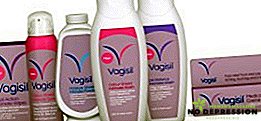
- Intimate gel "Vagisil";
- Antiseptic lotion. Recipe: Crumble 2 tablets of ordinary "Aspirin", mix with two tbsp. glycerol. This good antiseptic helps with pustular pimples;
- Ointment based on benzene peroxide (concentration up to 5%). The undoubted advantage of the tool - without limitation in the amount of use. It relieves acne;
- Be sure to use the balm before and after the procedure of shaving without the content of alcohol and menthol, multiplying irritation;
- Children's products: talcum powder, baby cream, baby oil (for example, Johnson and Johnson);
- Essential oils (bergamot, tea tree, sandalwood, patchouli, lavender have antiseptic and anti-inflammatory effects). Base oils (coconut, wheat germ, sesame, olives - effectively heal, moisturize and soothe). Recipe number 1: 1 l. Base oil mixed with 1 drop of essential and applied to the skin locally on the wounds and pimples. Recipe number 2: 1 l. water + 5 drops of ether, moisten a cotton pad in the mixture and apply to the pubis. Recipe number 3: mix 1 tsp. Honey, 1 tbsp. oatmeal and 2 drops of patchouli oil or another, apply on the skin, wash off after 15 minutes. Recipe number 4: drop 2-3 drops of ether into a single portion of body lotion, apply to the treated area. Attention! Be sure to test yourself for allergenicity. To do this, drop oil on the epidermis near the elbow (on the fold). If after 15 minutes nothing happened to the skin, then there is no allergy;
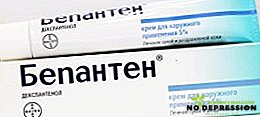
- Means with panthenol (has healing properties) - "Rescuer", "Bepanten", "Panthenol". On the skin, the agent turns into vitamin B5, which moisturizes and regenerates the skin. The component "Panthenol" is contained in medical ointments for burns, abrasions, diaper dermatitis and other dermatological problems;
- Anti-bacterial ointment: Chlorhexidine (disinfectant, odorless), Baziron, Miramistin, zinc ointment. They are able to treat pustules;
- Healing ointments - Actovegin, Malavit, Boro Plus, Neosporin (contain natural ingredients that reduce the inflammatory process, disinfect and heal microtrauma);
- Natural herbal remedies. The fleshy leaf of the aloe plant is washed. Remove the skin and rub the affected areas with the pulp. Herbs: Pour 2 tablespoons of dry herbs to choose from (series, calendula, chamomile, mint, birch leaves, sage) with one glass of boiling water. After 2 hours, strain. Moisten a gauze bandage and put on reddened skin for 15 minutes. In no case do not pour out the remaining broth, but rather freeze it in a special mold for ice and wipe the shaved area with a cube. Lemon: add one tsp to a glass of water. squeezed lemon juice. Treat the irritated area;
- Deodorant with antibacterial action. Be sure to test for allergenicity;
- Laundry soap.
Proper shaving: step by step instructions
- Wash away;
- Steam skin. For this, a hot shower, a bath or just warm up the necessary area with a hot towel (for 5 minutes);
- Peeling. A soft body scrub can fight hair ingrowth. By the way, as a scrub, you can use natural homemade ingredients - coffee grounds or oatmeal. Attention! Means to apply only on the pubis, without falling on the mucous coat;
- Prefer soap foam special shaving foam, because a simple soapy foam dries the skin;
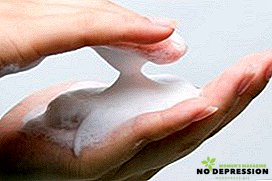
- Shave only in a comfortable position to avoid injury. You can squat down and put the mirror under the bottom. Work the razor from top to bottom with a slight pressure on the hairline, occasionally washing the blade with water. Using your free hand, stretch the skin to lift hairs. To carry out by the machine once on one site;
- Rinse with cool water and apply a balm after shaving (or alternative means, see above). Let it soak;
- To put on cotton non-stiff pants after full absorption of the cream / balm;
Now you know how to get rid of irritation in the intimate after-shave zone. However, the appearance of acne, pustules and redness is not always a sign of a response to the shaving procedure.
Perhaps the reasons lie deeper. If, when the above rules are followed, the irritation does not pass, then it is better not to delay and consult a doctor.
In the next video - additional information on how to avoid unpleasant irritation.


 Avoid the danger of cutting yourself. It is advisable to have a machine with a floating head with 3 blades and moisturizing strips of gel or cream. After use, be sure to thoroughly wash the razor and treat with antiseptic. Have a separate machine for the bikini zones and a separate machine for the remaining parts (legs, armpits). No matter how paradoxical it may sound, it is necessary to shave in the direction of hair growth, and not vice versa, as we are all used to;
Avoid the danger of cutting yourself. It is advisable to have a machine with a floating head with 3 blades and moisturizing strips of gel or cream. After use, be sure to thoroughly wash the razor and treat with antiseptic. Have a separate machine for the bikini zones and a separate machine for the remaining parts (legs, armpits). No matter how paradoxical it may sound, it is necessary to shave in the direction of hair growth, and not vice versa, as we are all used to;




